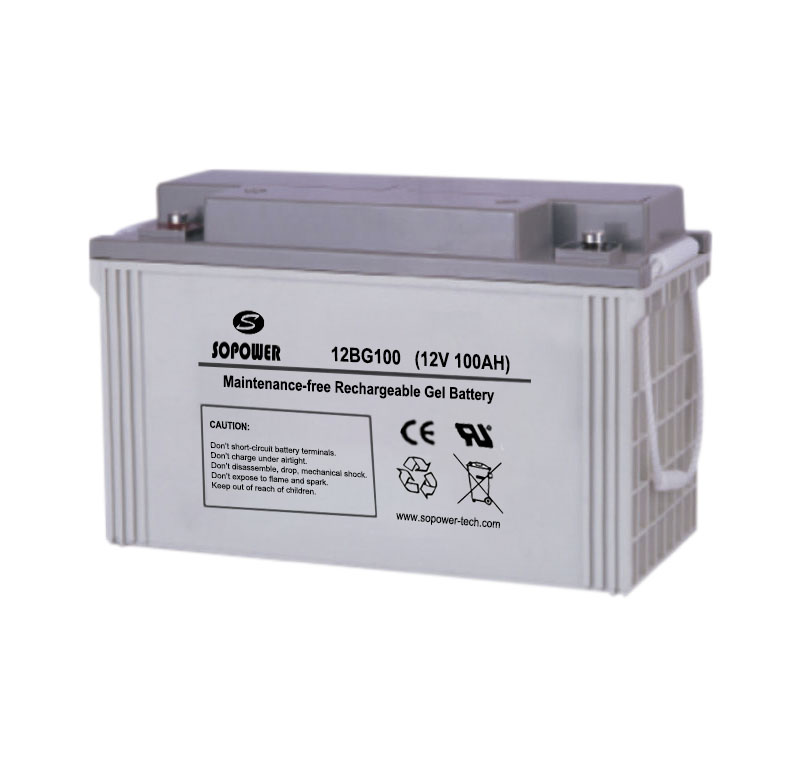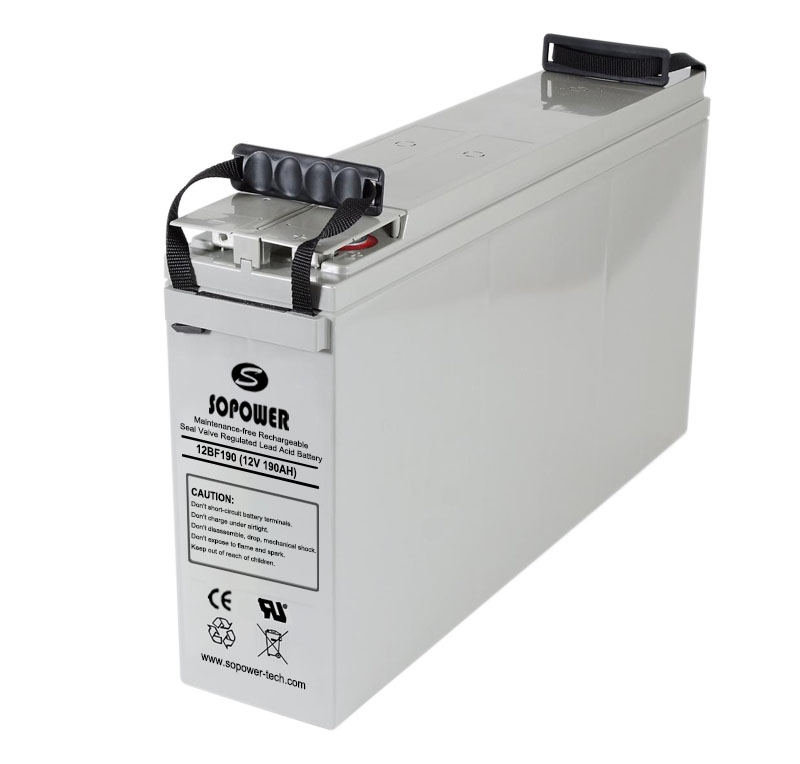Source: PV-Tech Date: April 12th, 2019

Solar could meet approximately 68% of global energy demand with other renewables making up the rest, according to a new report. A 100% renewable energy system could also create 22 million solar jobs by 2050, the study claims. Keeping global warming below 1.5 degrees C, though, would require FITs for projects up to 40 MW in capacity, auctions for bigger systems, removing fossil fuel and nuclear subsidies and providing more education and R&D and less red tape.
Solar may become not only the cheapest energy source by 2050 but also the largest, with an impressive 68% share of global power generation, according to the Global Energy System based on 100% Renewable Energy report presented this morning in Berlin.
The new study – by Christian Breyer, professor of solar economy at Finland’s Lappeenranta University of Technology, and Claudia Kemfert, head of energy, transportation and environment at the German Institute of Economic Research, written with the support of German non-profit the Energy Watch Group – describes a scenario which could solve the global climate crisis and lead to a world energy system based on renewables by 2050.
The authors of the study expect primary energy demand, including transport and desalination, to shift from being 89% fossil fuel and nuclear power based in 2015 towards an energy system in which low-cost electricity from renewables account for 90% of consumption by 2050. The report predicts high levels of electrification will improve energy savings by around 50% compared to low electrification with current practices.
The workhorse of the energy transition
As a result of massive electrification of energy and transport – and the constantly declining costs of renewable energy technologies – solar is expected to be able to meet around two-thirds of energy demand by 2050, with wind having an 18% share, followed by biomass and waste (6%), hydropower (3%) and geothermal energy (2%). That would mean renewables meeting almost all the world’s primary energy demand, up from only 22% four years ago.
In the electricity sector, PV is expected to become the largest and cheapest source, increasing its share from 32% in 2030 to 73% in 2050, with wind power seeing its stake decreasing from 43% in 2030 to 20%. The report predicts PV will reach an installed capacity of 34.8 TW worldwide by 2050, while wind will achieve 4.6 TW. “Solar PV and wind energy emerge as the new workhorses for the power and heat sectors by 2050,” the report stated.
Storage is also expected to see its share rise to almost 5 PWhel (electric petawatt-hours) by 2030 and more than 30 PWhel in 2050, with the proportion of power demand met by storage expected to rise to 18% in 2030 and 23% in 2050.
An economically feasible transition

Hans-Joesph Fell presenting the report at today’s press conference in Berlin.
The levelized cost of electricity (LCOE) is expected to decline slightly from €54/MWh in 2015 to €53 by 2030. “The report confirms that a transition to 100% renewables is possible across all sectors, and is no longer more expensive than the current energy system,” said Hans-Josef Fell, former German MP and president of the Energy Watch Group, which presented the study. The LCOE of the power sector, however, is expected to decrease substantially, from around €78/MWh in 2015 to around €54 by 2050.
Jobs growth
The dominance of solar by 2050 would also result in the mass creation of new energy jobs, with around 22 million workers active in PV by the end of the first half of the century, to take the total number of employees in the global energy industry to 37 million. More than half the industry would be working in operations and maintenance.
Policy recommendations
The report’s authors have compiled a list of suggestions for policymakers to make a 100% renewable world a reality. They include: maintaining incentives for renewable energy projects up to 40 MW in capacity; holding auctions for larger projects; eliminating fossil fuel and nuclear subsidies; supporting education and R&D; and reducing administrative burdens for the development of clean energy.
100% renewables, zero CO² emissions is not a dream
The study is also said to be the first of its kind to envisage a 1.5° degrees Celsius global warming scenario with a 100% renewable energy system completely based on technologies with zero CO²emissions. “The transition in all sectors will reduce the annual greenhouse gas emissions in the energy sector continuously, from roughly 30 GtCO²-eq [gigaton carbon equivalent] in 2015 to zero by 2050,” the report’s authors stated.
The authors of the study have published in Feburary another report describing how building a European energy system powered solely by renewables was economically feasible. In a recent interview with pv magazine, Breyer explained how a 100% renewables model is not only technically feasible but also the cheapest and safest option to fight climate change.











